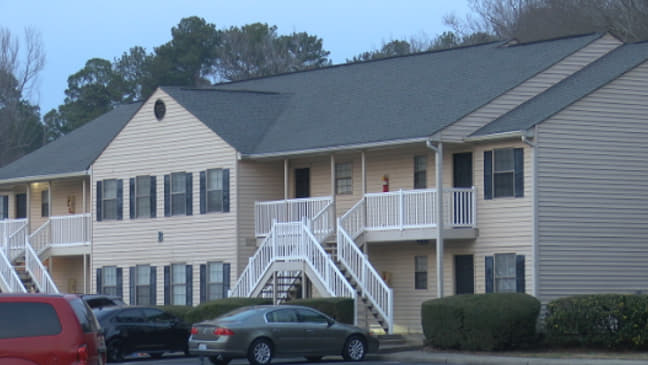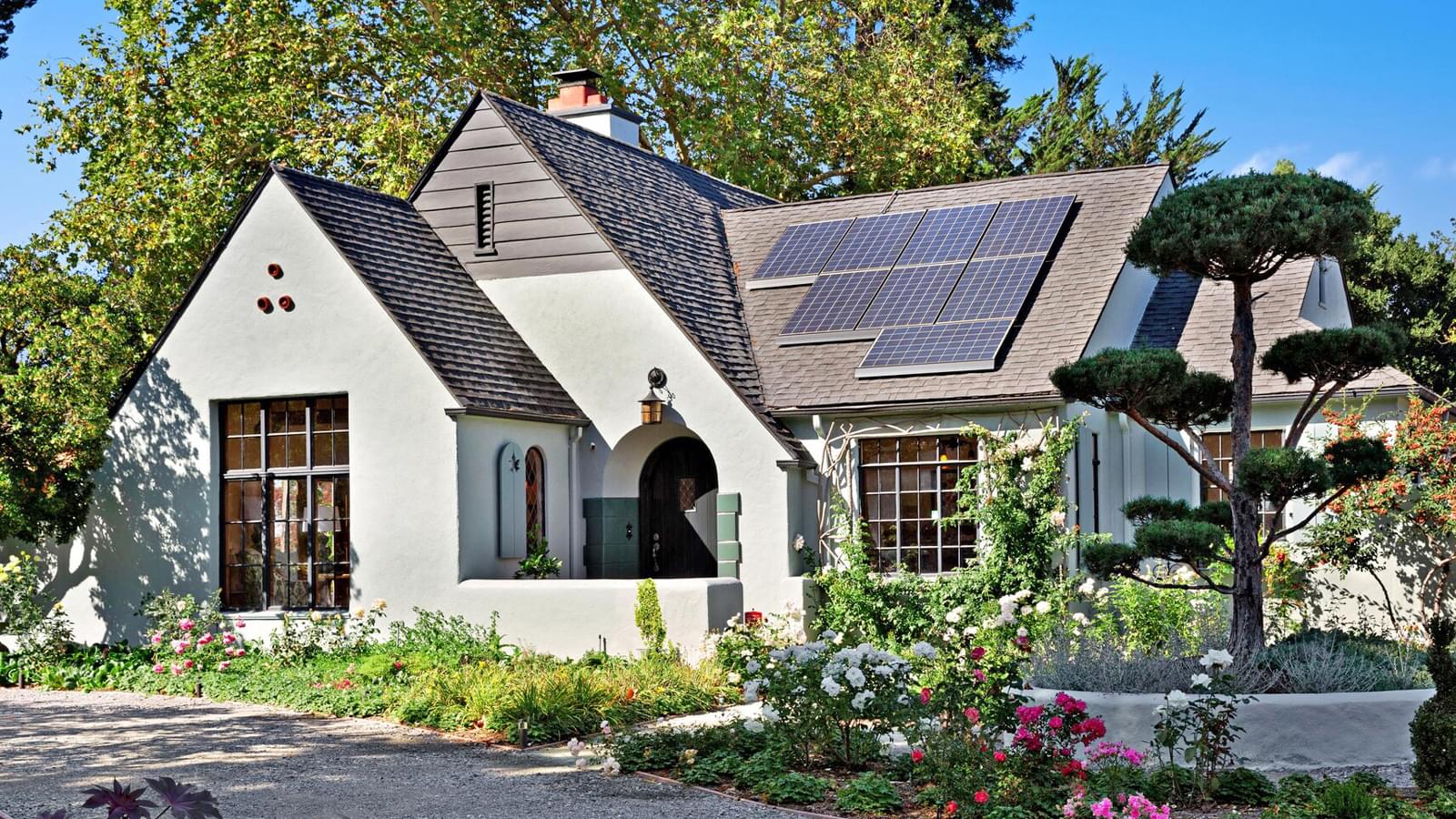Rental properties always experience some level of wear and tear from regular use over time. However, damage caused by tenants beyond normal wear and tear is often the financial responsibility of the renters. One common type of tenant-caused damage is holes created in walls.
In this article, we will discuss how much apartment complexes may charge for repairing or patching holes left in walls.
What constitutes a hole in the wall?
Any puncture or indent leaving an opening that penetrates the full depth of the drywall would be considered a hole. This can be anything from a small nail hole up to a large impact area.
Minor cosmetic flaws like scuffs or small dents would typically be considered normal wear and tear, but freshly made openings that expose the wall cavity can usually result in repair charges.
Related: Can You Mount A TV In An Apartment?
How much does it cost to repair a small hole in the wall?

On average, landlords will charge renters approximately $75-150 to patch a small hole in the wall up toabout 5 inches in diameter. Small nails holes can sometimes be filled with putty or spackle for around $30-50 total.
However, larger openings may have additional labor costs. The cost of materials like drywall compound or patch kits ranges from $5-20 depending on the size needed.
How much for a larger hole?
For holes larger than 5 inches across, expect repair costs to rise significantly. Landlords typically charge $150-300 to repair medium sized holes between 5-12 inches. This covers added labor like cutting a drywall patch, fitting it in the hole, taping, mudding, sanding smooth and priming/painting.
Larger damaged areas over 12 inches in diameter often incur $300-500 in repairs to fully patch and blend the wall seamlessly.
Are multiple small holes charged separately?
Many landlords treat three or more holes in the same general area of one wall as a single larger repair rather than multiple smaller ones. So tenants may only be charged once for clustered nail holes or screw dimples rather than individually.
However, any holes wider apart may be assessed separate fees depending on the landlord's policy. Having numerous holes also elevates the chance of extra painting costs.
Additional fees beyond initial repairs
While the core patching costs aim to cover materials and labor, some landlords also tack on administrative or convenience fees on top. Expect potential additional charges of $25-100 for tasks like coordinating access, overseeing work, purchasing supplies and final painting/cleaning.
Landlords are also legally allowed to seek compensation above the security deposit amount if repairs exceed the deposit funds.
What if the damage was accidental?
Unless clearly the result of tenant negligence, landlords rarely charge for accidental damage. Things like fixtures or mirrors falling by happenstance or children's art projects gone wrong may be viewed as incidents beyond the tenant's control. However, repeated mishaps or obvious misuse that a reasonable person should have avoided like punching walls would likely still result in repair costs.
Tenants are responsible for any guests or pets that cause damage as well.
Preventive measures for renters
To avoid potential wall repair fees, be cautious with decorations, moving furniture and do-it-yourself projects. Make sure to use wall anchors, get permission before drilling and fill any accidental holes promptly. Regularly inspecting the property and documenting its condition can also help renters prove any new damage arose during their tenancy as opposed to being pre-existing.
Good renters insurance is another way to protect oneself financially.
Conclusion
While small holes may cost a few dozen dollars each to repair, larger openings and multiple damages can add up to hundreds in fees. Many landlords aim to fairly recoup out-of-pocket repair costs from tenants rather than profit from such circumstances.
Being cautious, asking permission when uncertain and carrying renters insurance ultimately help tenants avoid costly wall repair bills down the road.
Maintaining open landlord communication also resolves issues cooperatively instead of confrontationally whenever possible.





